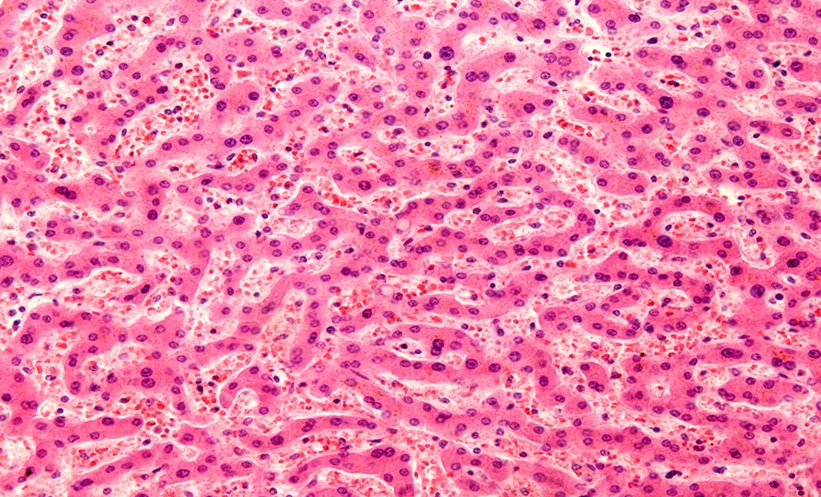CIRRHOSIS contributes significantly to morbidity and mortality, and recent research has investigated how this relates to dietary acid load (DAL).
The prospective study included 121 individuals with newly diagnosed cirrhosis. These participants were followed for up to 48 months, and underwent assessments for anthropometric measures, nutritional status, and dietary intake. DAL was estimated based on potential renal acid load (PRAL) and net endogenous acid production (NEAP) scores. Crude and multivariable-adjusted hazard ratios with 95% confidence intervals were estimated using Cox proportional hazard analyses.
The findings from this research revealed that participants with high PRAL and NEAP scores had significantly higher intakes of grains, as well as lower intakes of fruits and vegetables. Intake of dairy products, legumes, nuts, and seeds all decreased significantly with increasing NEAP score. After adjusting for confounders, risk of mortality in the second and third tertiles of PRAL was 5.90 and 10.97 times higher than in the first tertile, respectively. Similarly, by comparing risk of mortality in the second and third tertiles against the first tertile of NEAP, there was a 4.46-fold and 12.30-fold increased risk, respectively.
The authors of this research concluded that DAL was significantly associated with cirrhosis-related mortality, and spotlighted the need for further research that investigates underlying mechanisms, as well as establishing optimal DAL levels in patients with cirrhosis.








